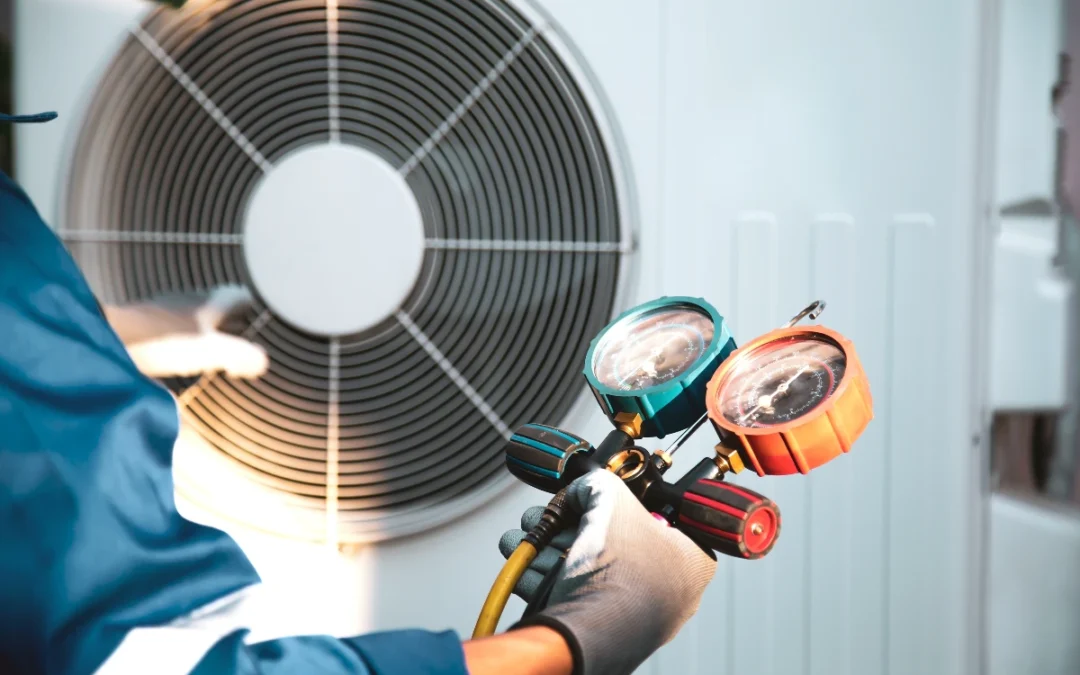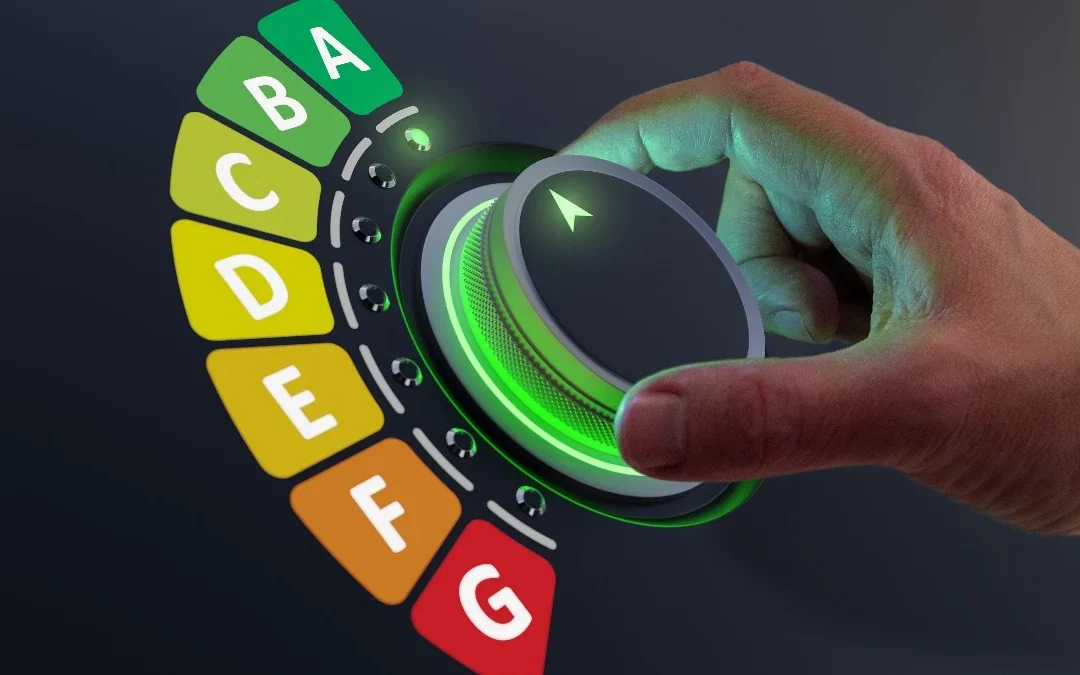
Investing in an Air Source Heat Pump vs an Ultra-Efficient Boiler: Practical Options for Your Budget
As experts in sustainable and high-performance home heating systems, we speak with an increasing number of homeowners interested in an air-source heat pump. This is often because their existing boiler needs replacing or has reached a stage where it simply isn’t working efficiently anymore.
Air source heat pumps are generally better suited to the vast majority of homes than a ground source heat pump – primarily because the latter requires a large area of land for installation and is more appropriate for bigger properties with ample outdoor space.
While heat pump systems have many benefits, it’s also important to review the right options. An A+++ rated gas boiler is far more efficient than an outdated model, and there are plenty of scenarios where an air source pump wouldn’t be the best bet given the cost of home improvements that are often necessary to augment insulation and heat retention.
Both options reduce energy consumption, lower utility bills and provide a great way to heat your home and water – and we’ve outlined some of the key considerations below to ensure you can make an informed decision.
The Pros and Cons of Air Source Heat Pumps vs Top-Rated Gas Boilers
Heat pumps have become a viable alternative to gas boilers. The air-sourced models we’re talking about extract ambient heat from outdoor air—even during cold weather—and use that via a heat exchanger to provide hot water and central heating.
The biggest advantages of air-source heat pumps relate to the following factors:
- Efficiency: Heat pumps have ratings of between 300% and 400%, in contrast to the 90% to 94% efficiency available from most of the high-end gas boilers on the market. This is because gas boilers always lose a little heat through the flue, whereas a heat pump can generate around three or four times more heat for each kW of energy use.
- Running costs: The higher efficiency of a heat pump means you’ll likely see your utility bills drop slightly. A caveat here is that current electricity prices—which are higher than gas—mean the differential isn’t perhaps as high as it has been previously, with the averages at the moment equating to a saving of about £150 for an average household and home.
- Sustainability: Heat pumps utilise free and abundant ambient heat from the air. However, it’s important to clarify that they still rely on electricity to power the heat pump unit, so although they are more environmentally friendly, they aren’t totally running cost-free.
- The lifespan of the pump: Better-quality heat pump models are expected to last 20 or more years, compared to around 10 to 15 years for a newly fitted boiler. It is, though, worth checking warranties because heat pumps can come with warranties for up to five years, whereas some boilers come with extended guarantees over a longer period.
A green, clean energy and low carbon footprint method of heating your home is an aspiration, but we recommend factoring in the practicalities and cost elements alongside the sustainability aspects.
Comparing the Costs of Gas Boilers and Air Source Heat Pumps
One area where high-efficiency modern boilers outperform air-source heat pumps is purchase costs. Although there are schemes that provide grants and discounts towards the cost of upgrading your central heating, a heat pump is unquestionably more expensive.
While prices depend heavily on multiple variables such as the size of your property, the number of occupants, and your heating and hot water demands, you’ll usually find that a top-rated gas boiler will cost around £3,000, with cheaper models available for less, compared to budgets of between £7,000 and £13,000 for an air source heat pump.
Of course, if you qualify for a grant or government incentives, that might mean the cost of either heating solution is fairly comparable, and as always, we’d suggest giving the Pinnacle Works team a call.
Many homeowners end up overpaying for a heat pump or boiler that is far too large and costs more to buy and run than it should, which is why independent advice is valuable.
Why Extensive Improvements Might Be Necessary Before Fitting a Heat Pump
We touched on the ‘hidden’ costs of a heat pump earlier, which is why low-carbon heating is often better suited to newer builds. To work as efficiently as possible, heat pumps need your home to have a high energy efficiency performance rating.
Older homes, particularly those that haven’t had any recent upgrades, can require retrospective work to improve several aspects of the insulation, which can add a fairly large amount to your budget. For example:
- Good loft and wall insulation are essential because, without it, the heat produced by the air pump will dissipate quickly.
- If you have older windows or double glazing that has stopped working properly, you may need to consider replacing them to avoid heat escaping through the glass.
- Properties with basements may need to invest in floor insulation or underfloor heating to prevent rapid heat loss, and most homes will need air sealing if there are any drafts around windows, doors and other areas.
Insulation upgrades are important because heat pumps heat the water to a lower temperature than a boiler. Hence, any issues with insulation and heat retention mean it could be almost impossible to retain a comfortable inside temperature.
Generally, an air source heat pump is a brilliant upgrade. It can augment the market value of your home and, over a certain number of years, provide real returns in energy savings. However, if you’re not in a position to consider these other improvements, a top-rated boiler remains a great alternative.
How to Decide Whether an Air Source Heat Pump is Right for Your Home
Heat pumps represent a new way of heating your home and water. However, they aren’t universally suitable alternatives to a highly rated boiler.
That could be because a renewable energy heating system isn’t ideal at this point in time, you don’t have the space to install the outdoor unit, or you don’t have the time, budget, or inclination to invest in the type of home improvements heat pumps need to perform at their best.
If you need to make a quick decision and want to avoid spending thousands on a central heating system that isn’t the best fit for your needs, you are welcome to contact the Pinnacle Works team at any time.



